I found a small bug in the code, which, however, caused huge problems during the first clock. In the first post there is already a corrected source and a compiled file.

Czy wolisz polską wersję strony elektroda?
Nie, dziękuję Przekieruj mnie tamQuote:In my case it looks like this (the counters work on the f / 8 countercatalogor:
- in the 16-bit timer, I count the number of cycles A for one revolution (between the two transitions of the gap before the sensor)
Matt_x89 wrote:And on What is the basis of this statementFrom the electronics side everything is OK
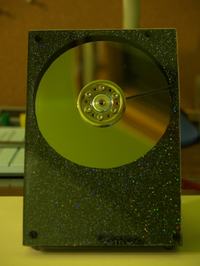
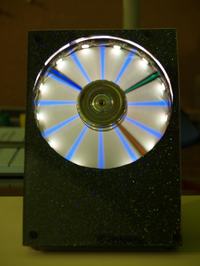
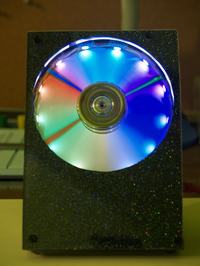
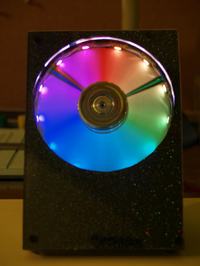
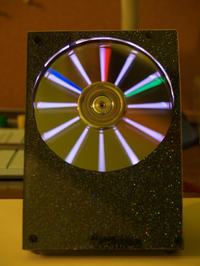
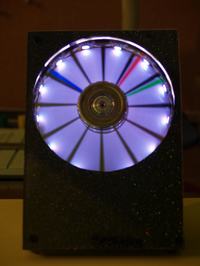
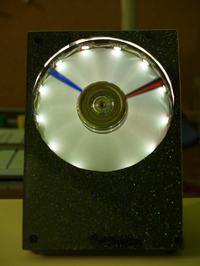
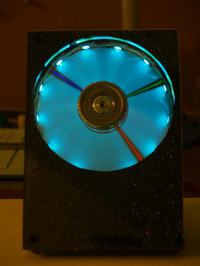
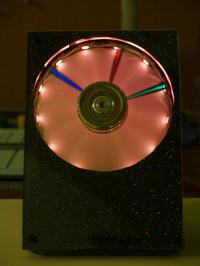
Matt_x89 wrote:Yes ... the clock is idle. The engine does not react at all, I do not even notice vibrations which indicate that the system is trying to start it. I cleaned the layout and uploaded the program again, I checked the BOOTRST bit and still nothing. As for writing a test application, I have not written anything for microprocessors yet. Tomorrow I will put pictures of the system because it currently has a bad camera and better pictures come out in daylight.
Quote:Before you still send pics I'll ask out of curiosity, do you surely use a precision stand under the TDA5140A? Due to the lack of metallization of holes, such a stand is required and it should be soldered on two sides (it is easy to get to know it by the pattern of paths). The same applies to the programming socket, February is also required on the TOP layer.
